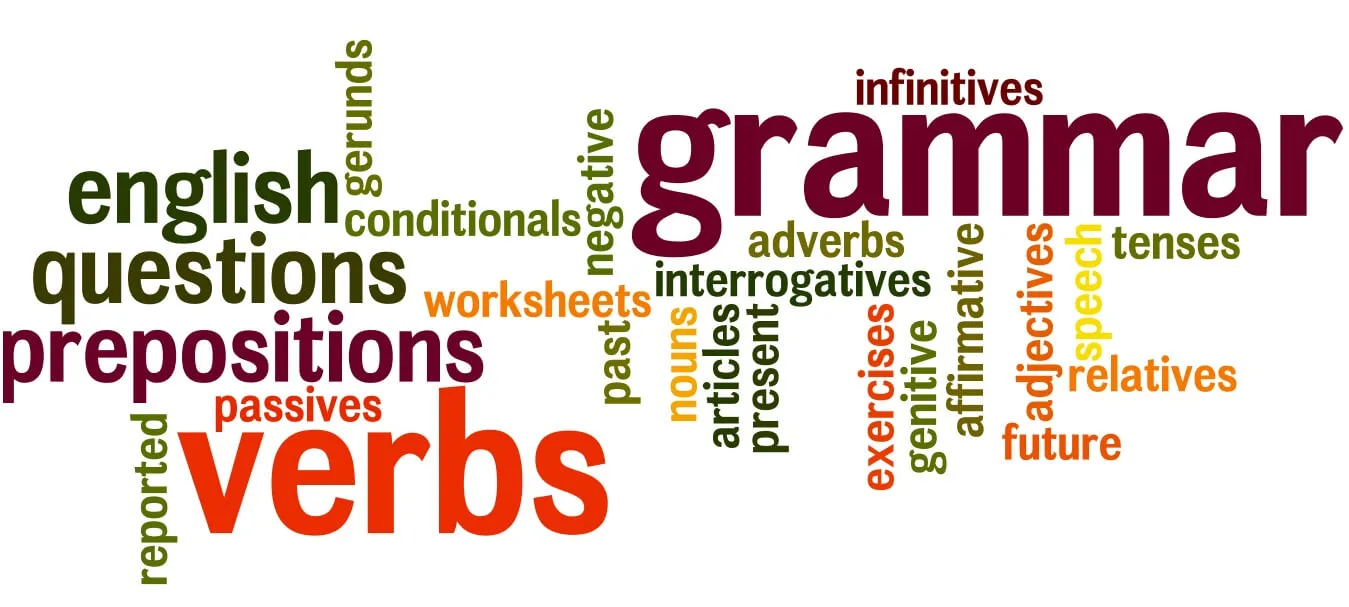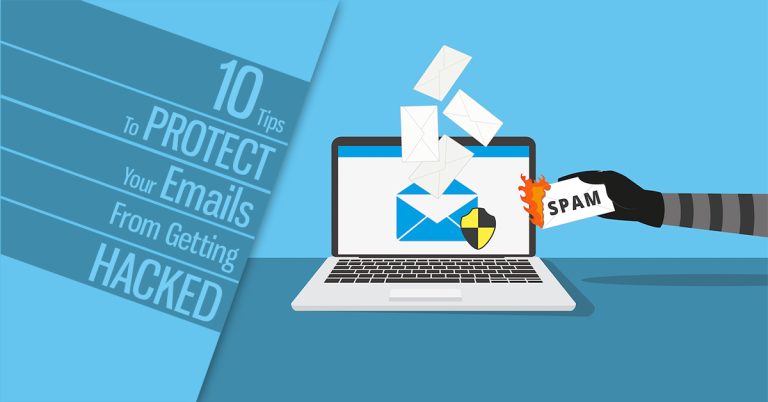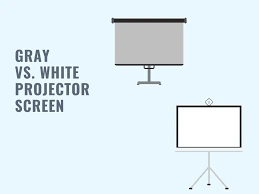Decoding Grammar: A Comprehensive Handbook on Grasping Subject Complements
Navigating the intricate terrain of grammar might seem like an undertaking best suited for language aficionados or those well-acquainted with the nuances of linguistic artistry. Yet, fear not, for even if you find yourself grappling with the intricacies of subject complements in your writing endeavors, this article is here to provide you with a reliable guide. Grammar, akin to the brushstrokes of a masterful painter, shapes the canvas of effective communication, and understanding subject complements is a key stroke in that artistic process. Whether you’re a burgeoning wordsmith, a curious student, or simply an individual seeking to enhance your linguistic finesse, the insights shared here, along with the option of seeking assistance from an online writing service, will equip you to decipher and employ subject complements with confidence.
In the realm of language mastery, subject complements occupy a distinct and pivotal role, acting as the adhesive that binds words into coherent and impactful sentences. If you’ve ever pondered harnessing the power of subject complements to elevate your writing, you’re embarking on a transformative journey. This article serves as an invaluable handbook, equipping you with the knowledge and insights necessary to unravel the mysteries of subject complements and seamlessly incorporate them into your linguistic repertoire, just as students often look for assistance at an online writing service.
Our exploration unfolds across three focal points, each illuminating a facet of subject complements. We commence by demystifying the foundational concepts behind subject complements, unraveling their various types and multifaceted functions. With a discerning eye, we venture into the realm of identifying subject complements within sentences, imparting techniques to uncover these grammatical gems. Lastly, we unveil the pivotal role subject complements play in sentence analysis, showcasing their potential to elevate your writing prowess. So, fellow language enthusiasts, buckle up as we embark on this enlightening expedition, decoding the essence of subject complements with the aid of our linguistic compass, and recognizing the support of an online writing service when needed.
The Basics of Subject Complements
The building blocks of effective communication often lie hidden within the intricate structure of grammar, and subject complements are no exception. In the vast tapestry of language, subject complements are the threads that interlace nouns and verbs, weaving together the fabric of meaningful sentences. Their significance in sentence construction is akin to the keystone in an arch, providing stability and completeness to the overarching linguistic framework. Subject complements come in various forms, with two prominent types deserving special attention: predicate nominatives and predicate adjectives. These linguistic elements serve as transformative agents, molding mere sentences into potent tools of expression. For instance, when a subject complement is skillfully employed, it has the ability to turn a simple statement into a vivid portrayal, much like how a painter adds layers of color to a canvas. By understanding the dynamic role that subject complements play, you embark on a journey to enhance your mastery of language, potentially seeking guidance from writing services for your academic pursuits, just as students often seek assistance to “write my essay.”
As we traverse the terrain of subject complements, we encounter the first crossroad: predicate nominatives and predicate adjectives. Predicate nominatives are the chameleons of grammar, adept at assuming the role of the subject, thereby drawing attention to the entity being described. Picture a rose by any other name; a predicate nominative reveals the essence of the rose, transforming it into a symbol of beauty. On the other hand, predicate adjectives don the mantle of descriptors, adorning the subject with attributes that paint a vivid picture in the reader’s mind. Like a skilled artist adding intricate details to a masterpiece, a well-chosen predicate adjective enriches the overall portrayal of the subject. Consider the metamorphosis of a simple tree into a majestic, towering oak, thanks to the artful deployment of a predicate adjective. By delving into these types of subject complements and experiencing firsthand their transformative potential, you’re primed to elevate your linguistic arsenal, a journey supported by resources such as writing services for those times when you need a little extra guidance.
Identifying Subject Complements
In the symphony of language, identifying subject complements is akin to discerning the harmonious notes that compose a melody. Like a seasoned conductor, a grammar enthusiast must employ techniques that allow the subject complements to rise above the linguistic orchestration. One such technique involves scrutinizing the relationship between subject complements and linking verbs. These verbs act as the maestros of sentence structure, harmoniously connecting the subject to its complement. Think of the linking verb as a bridge, gracefully spanning the gap between what is being described and the description itself. As you traverse this linguistic bridge, you gain insight into the symbiotic bond that exists between subject and complement, uncovering the intricate layers of meaning embedded within the sentence. By mastering the art of identifying subject complements, you attain a new level of grammatical proficiency, akin to a musician who can effortlessly distinguish between the instruments contributing to a mesmerizing tune.
However, like any art form, the process of identifying subject complements is not without its pitfalls. It’s all too easy to stumble into the trap of confusing subject complements with other sentence elements. One common misconception is mistaking direct objects for subject complements. While both add depth to a sentence, they serve distinct purposes; direct objects are the recipients of the action, while subject complements delve into the essence of the subject itself. Imagine a playwright crafting characters for a play: while a direct object would be a prop the character interacts with, a subject complement would be the traits and emotions that define the character’s core. By steering clear of such misconceptions, you navigate the realm of grammar with confidence, ensuring that your grasp of subject complements remains unwavering. Just as an aspiring artist seeks guidance from experienced mentors, you can turn to resources like writing services when in need of expert support to hone your grammatical acumen.
Subject Complements in Sentence Analysis
Subject complements, those elusive linguistic gems, play a pivotal role in unraveling the intricate tapestry of sentence structure and meaning. Just as a skilled archeologist deciphers ancient hieroglyphs to unveil stories of the past, delving into subject complements unlocks a narrative within sentences. These complements are the storytellers of grammar, unveiling facets of the subject that might otherwise remain shrouded in mystery. Like a master painter using strokes of color to evoke emotions, subject complements infuse sentences with depth and nuance, offering readers a glimpse into the heart of the matter. By recognizing their significance, you equip yourself with a powerful tool for unraveling complex sentences and extracting their essence with precision.
In the realm of language, subject complements act as the sculptors of meaning, chiseling away to reveal the core attributes of the subject. Much like a sculptor meticulously carves a block of marble to unveil a masterpiece, subject complements chip away at the superficial layers to expose the essence of what is being described. These linguistic artisans convey not only what the subject is but also how it is perceived, adding layers of texture and dimension to the sentence. Think of subject complements as the wordsmiths who elevate your prose, transforming a mere statement into a vivid portrayal. By wielding subject complements with finesse, you can paint vivid mental pictures for your readers, allowing them to fully immerse themselves in the world you’re crafting. As you traverse the labyrinthine corridors of sentence analysis, subject complements stand as your guiding light, illuminating the path toward clear, impactful, and artful communication.
Conclusion
As we bid farewell to this journey through the enchanting world of subject complements, we find ourselves equipped with a newfound appreciation for these linguistic magicians. Like skilled navigators, we’ve charted the waters of sentence analysis, discovering the treasures that subject complements bestow upon our understanding of language. Remember, subject complements aren’t mere grammatical nuances; they are the keys that unlock the doors to clearer communication and more impactful expression.
In our quest to decode the grammar mysteries of subject complements, we’ve unearthed their role as storytellers, sculptors, and wordsmiths. We’ve marveled at their ability to weave layers of meaning and texture into our sentences, guiding readers through a vivid tapestry of information. Armed with this knowledge, you are empowered to wield subject complements with finesse, transforming ordinary sentences into literary works of art.
So, as you embark on your linguistic adventures, let subject complements be your steadfast companions. With each sentence you craft, whether in essays, stories, or casual conversations, remember the hidden power they hold. The road to mastering grammar may be paved with complexities, but armed with the insights of this comprehensive handbook, you possess the tools to decipher subject complements and elevate your language prowess. So, go forth, dear language enthusiast, and let subject complements be your guiding stars in the constellation of effective communication.







